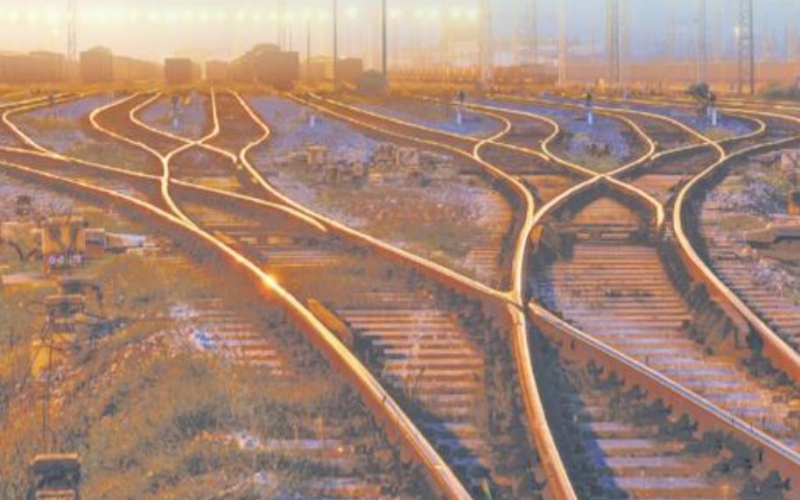Watu kama Papi Chulo walienda shule kusomea ujinga. Yaani MTU anasema reli ya SGR KE inafanana na tazara...
Watanzania ni vilaza kwelikweli
So what else on earth can you compare a smoke propelled locomotives and Chinese looking stations with?
Watu kama Papi Chulo walienda shule kusomea ujinga. Yaani MTU anasema reli ya SGR KE inafanana na tazara...
Watanzania ni vilaza kwelikweli
We ushawahi kusafiri na tazara!!!??..yaani ni copyright na ile mnayoita SGR kuanzia reli,treni,madaraja,hadi mahandaki copyright kabisaWatu kama Papi Chulo walienda shule kusomea ujinga. Yaani MTU anasema reli ya SGR KE inafanana na tazara...
Watanzania ni vilaza kwelikweli

We ushawahi kusafiri na tazara!!!??..yaani ni copyright na ile mnayoita SGR kuanzia reli,treni,madaraja,hadi mahandaki copyright kabisa
Until the day reli yenu itabeba abiria wengi na mizigo mingi kushinda ya Kenya, tutabaki hapa hapa hatutabanduka!Tuliza ball dogo, mambo mazuri yanakuja mtakimbiana humu.
Hizo zetu phase 1 ilijengwa na CRBC ni carbon fiber not iron mabati like yours. Phase 2A imejengwa na CCCC ambao wanaeka concrete canopy..... You say you don't see the point of such but in other words you are saying you acknowledge that your station platform are just cheap juakali sh!t even my local welder can build such a shade..Mabati roofs r plenty on ur SGR! BTW I don't see the essense of putting a concrete shed at a waiting platform!

see what ur master has to say about bullet train
Get a difference btn words Bridge n viaductNairobi to Naivasha SGR lauching tommorow, Wednesday 16th oct, on schedule and within budget. Second longest tunnel in Africa and 3rd longest bridge in Africa over Nairobi national park!

watakuja hapa wazee wa phase 2ASGR phase II 18% loading...
Drunkard minds!View attachment 1234561
Chinese is a second language in Kenya😁


